Let's find out the impact viral content can have on site ranking on Google and how to analyze industry trends.

Google results pages are not lists of items carved in stone, so much as a set of results whose order can change even suddenly.
Why can Google rankings suddenly change?
News events, statements by public personalities, television reports, and influencer content can result in strong changes in people's level of interest. Information searches can impact consumers' buying habits, and consequently significantly change the type of content in serp (search engine results pages) to meet those needs.
Think of the controversy that was unleashed years ago following Guido Barilla's statements on the radio program La Zanzara, about the company targeting the traditional family model and not the gay family model. They triggered reactions of outrage, proposed boycotts (hashtag #boicottabarilla), due to which a prolonged loss of sales volumes was estimated.
Abercrombie & Fitch had expressed its corporate philosophy on clothing sizes aimed only at skinny women and muscular men, as recounted by Robin Lewis in the book "The New Rules of Retail." The 30 percent drop in sales and profits caused by the strong expressions of dissent, including from public celebrities, led to a drastic change of course and the sale of sizes above 40/42 as well.
As you can guess, statements and stances by prominent figures can arouse considerable interest in the public, interest that can impact purchase decisions and reflexively the ranking of sites on Google.
Why does viral content affect ranking?
We live in a media society in which certain individuals have an enormous ability to reach and influence the public, and whose messages are amplified by press organs, follower shares, forum discussions, insights from industry sites, etc.
Internet celebrities are able by their statements and behaviors to stimulate intense emotional reactions and stances from the public. When we talk about influencers with millions of followers, the wave can propagate to the point of reaching tsunami proportions. If we are talking about the web, these sudden and consistent changes cannot help but affect the type of results returned by Google.
As we have said, Google's salad of content in the serp can literally vary from one day to the next when a consistent change in interest is created due to an event that resonates a lot. Google's serp not only contemplates websites, but also:
- Main News section
- People Also Ask section
- images
- videos
The results found in the serp can vary from one type to another, shifting, for example, more toward videos and images than sites when the search intent so determines. Then again, Google Images itself was born 22 years ago to congruently respond to massive searches for the "jungle dress" worn by Jennifer Lopez at the 2000 Grammy Awards. And since then, the prevailing philosophy around Big G has always been to offer people the kind of content most responsive to their search intent. Search intent that can twist overnight when prominent personalities decide to call attention to themselves.
The "Fedez-Luis Sal" case and the impact on Google
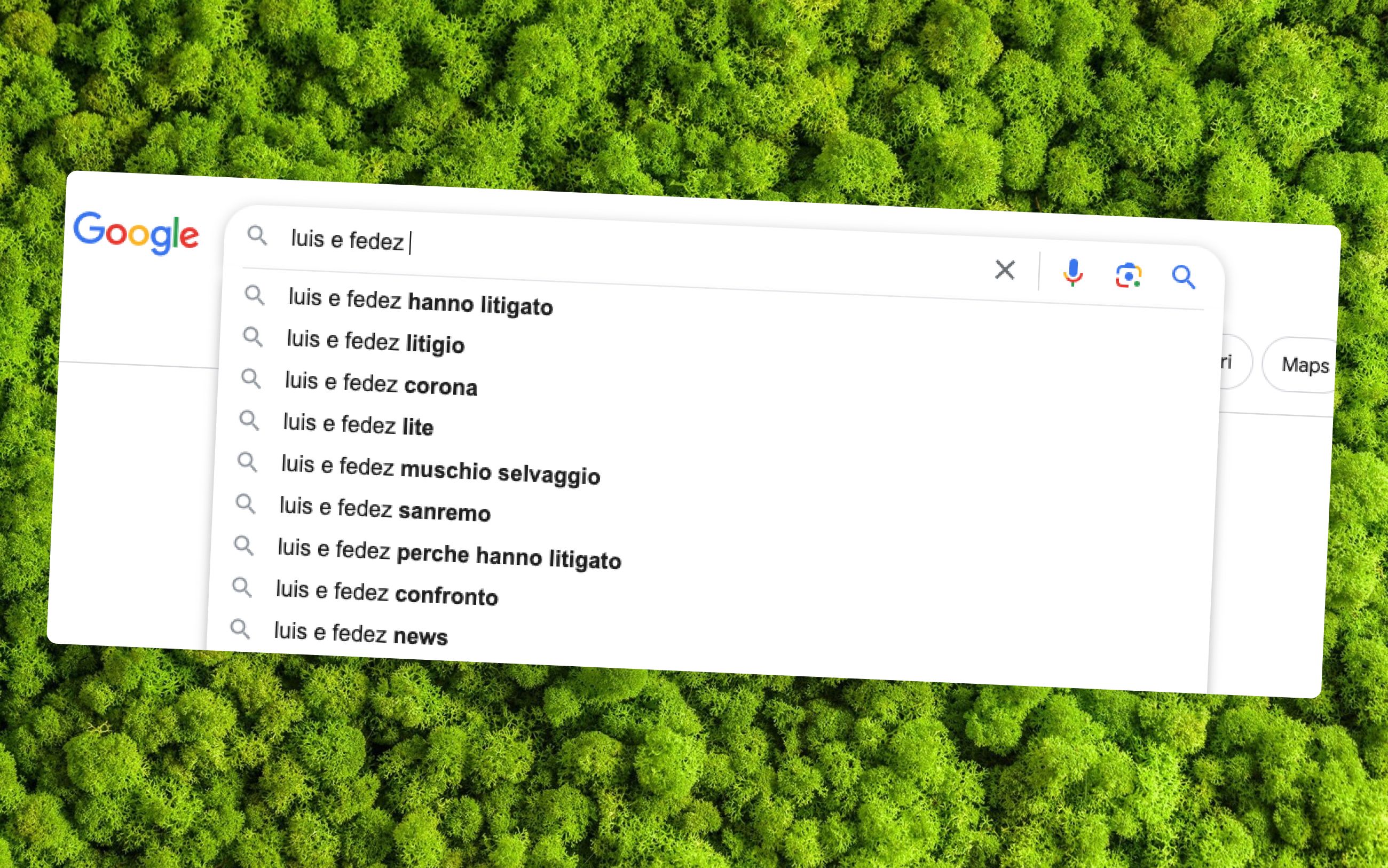
News of just a few days ago is the breakup of the professional (and probably human) partnership between Fedez and Luis Sal, hosts of the famous podcast Muschio Selvaggio, which led to intense public interest, and consequently to the typing of countless web searches.
Following the emergence of the controversy, the content of the serp has changed at all levels. Among the results returned for a simple search around one of the two stakeholders, we now have:
- news from online newspapers
- images and videos
- questions in the People Also Ask section
- discussions on social media
- memes as if they were raining
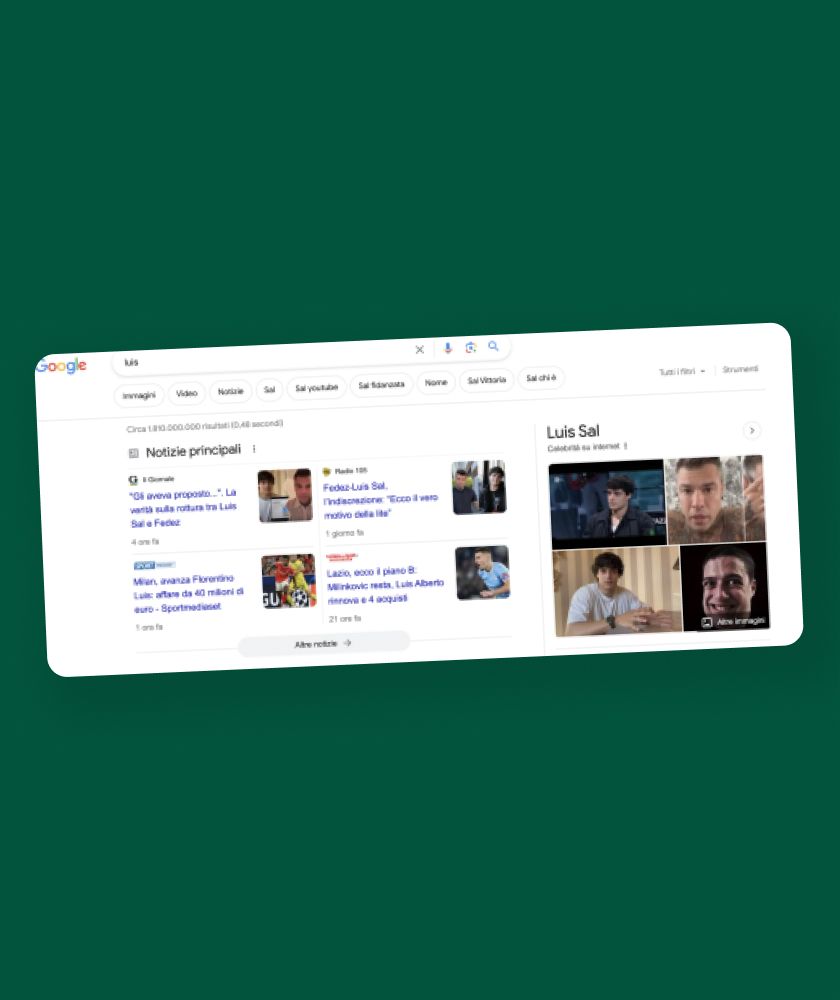
How did the serp change so suddenly?
Google is very receptive to relevant trends in a given geographic area. Since the "Fedez- Luis Sal case" is relevant to the Italian community at this time, the Google.it results changed significantly accordingly.

As we can ascertain, the quarrel between two public figures of that level has generated considerable public interest that has translated into many new queries on Google, which are matched by as many website contents. It goes without saying that searches of this magnitude can also result in thousands of visits to sites that know how to take advantage of them, especially if the phenomenon from which they originate lasts for a long time.
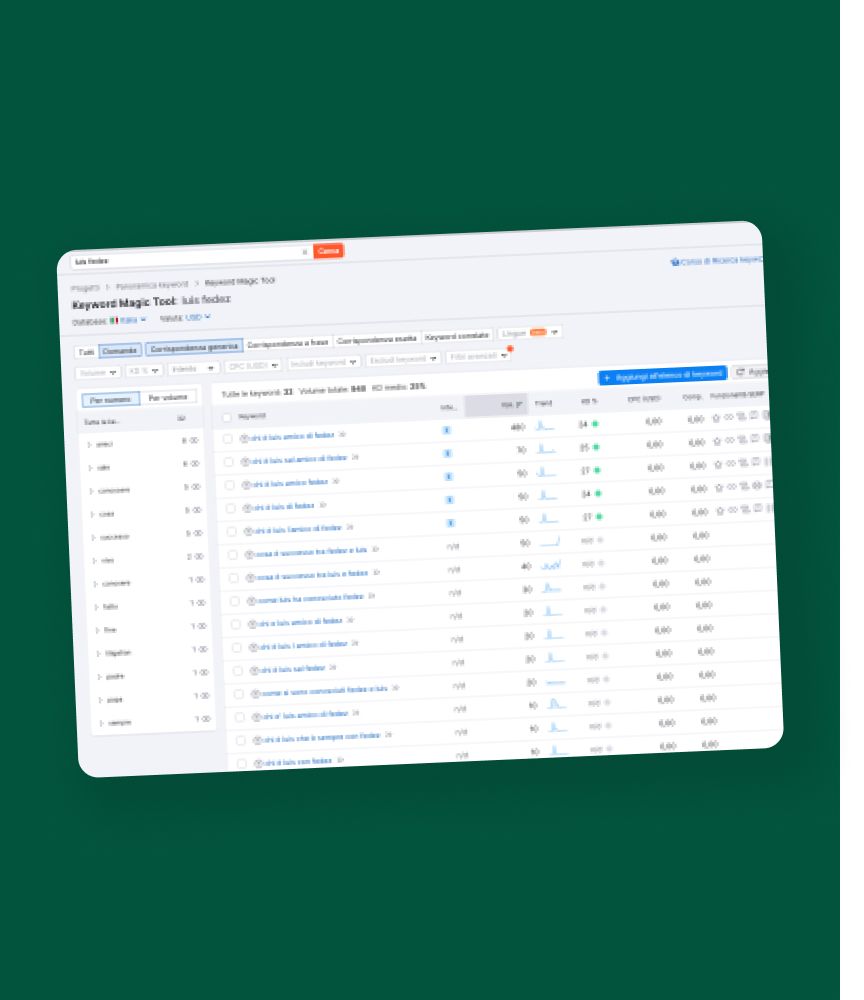
How to spot viral content on Google
Viral content is that which enjoys a huge circulation boost that leads it to be enjoyed by countless people, even those who do not normally follow or know the people who generated it. Viral content is unexpected, original, touches the emotional chords of the audience, and elicits positive or negative reactions based on a sensibility shared by a multitude of people. They often have a visual content or in terms of idioms that make them veritable lifestyle phenomena (the expression used by Luis "tell the mom, tell the lawyer" in his video has already become a lifestyle phenomenon).
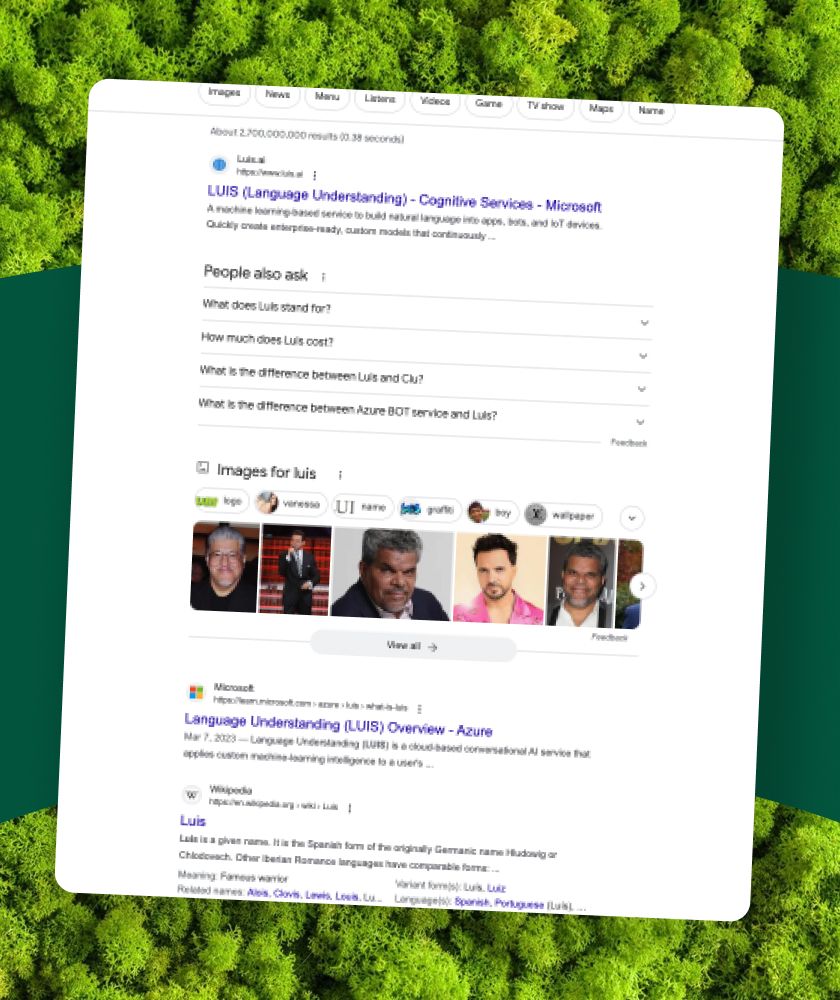
To make people understand the scope of visibility these phenomena have, a company of Ryanair's caliber decided to play on the quarrel by creating in a Whatsapp chat version of a disagreement between the two regarding the luggage to be carried on the flight.

Do you think perhaps we are exaggerating in assigning Instagram and TikTok celebrities such influence on online habits?
Keep in mind, according to Google reports:
- digital content grew 30 percent during the pandemic
- communities today are critical to the entertainment experience in the entertainment world
- 61% of Gen Z admit to being a "big fan" or "super fan" of something or someone
- 57% of Gen Z say they like brands that produce memes
- to get an idea of the scope of visibility that content produced by Internet celebrities can achieve.
Google Trends is definitely our most trusted friend when it comes to intercepting trending topics and peaks of interest around a given topic. Think, for example, of how searches related to "smart working" and "homemade bread" exploded during the lockdown, and how those related to travel and low-cost flights dropped precipitously during the same period.
Google Trends allows us to analyze user searches from 2004 to the present, including on Google services such as Google Images, Google News, and Google Shopping. However, these are not estimates of actual search volumes, but rather a near-real-time measure of the popularity of a search key, expressed as a value from 0 to 100.
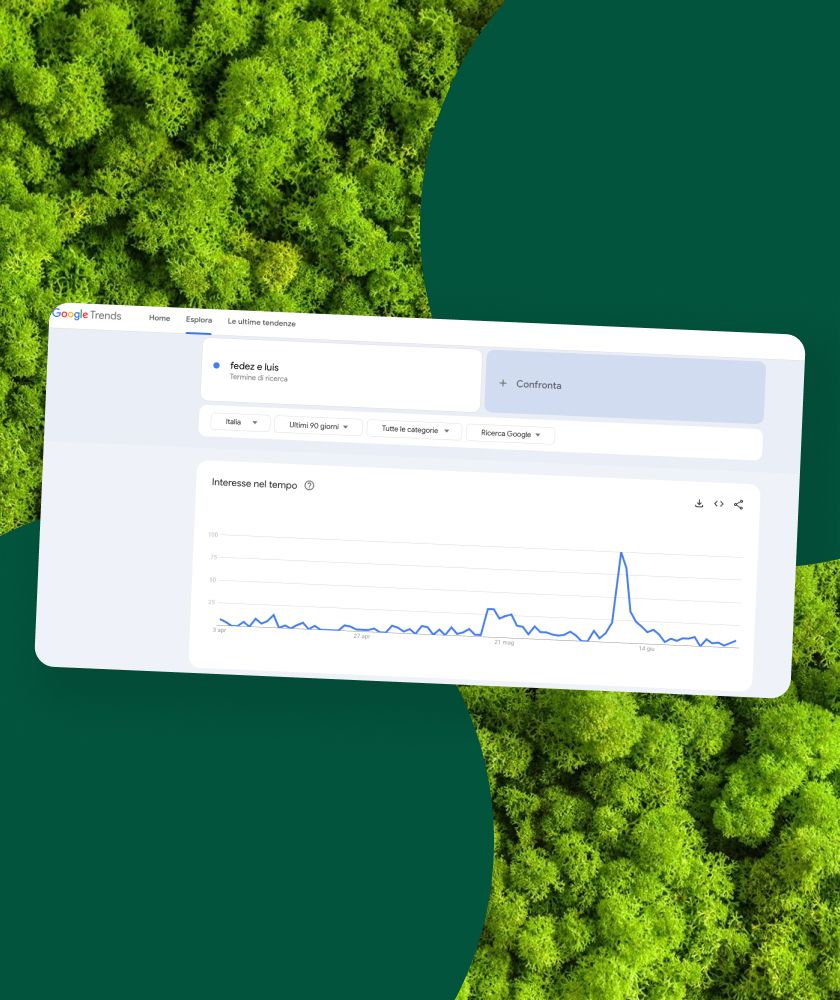
The concept of "relative popularity" that Google Trends reports indicates the proportion between the amount of searches made on a given query and the total searches on all queries analyzed with respect to a specific location and time period. So the search interest over time on a given topic is represented, a proportion of total searches on all topics on Google in that time period and territory.
Why is You Tube content so important for ranking?
A job of ranking on Google pages must also take into account the influence that video content has in responding to audience needs.
Videos are extremely communicative and impactful content and a favorite format of influencers. For example, if a search for products such as motherboards returns videos of reviews and enthusiasts describing their features, we may consider communicating through influencers to preside over the queries we are interested in.
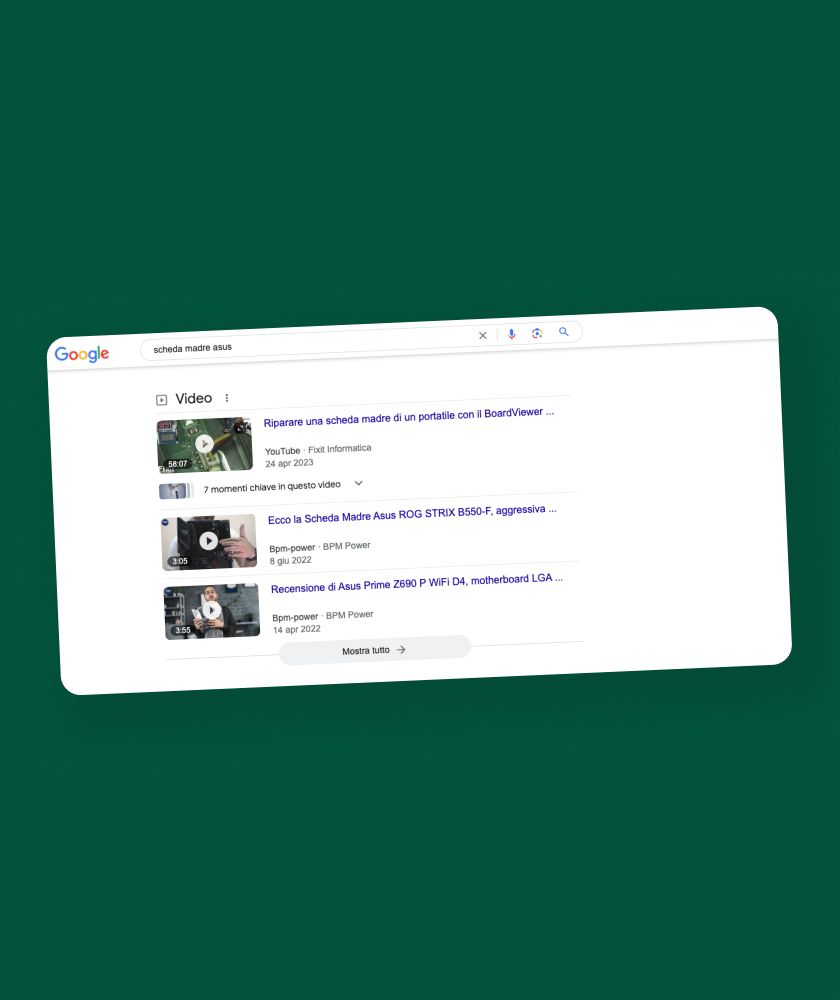
Youtube content in fact:
- are natively indexed by Google
- can rank on par with images and websites in the serp
- can appear in a prominent box among the top results on the first page
Youtube videos can remain even for years among the featured video results in the serp, especially considering when there is no real competition to supplant them. They also, properly embedded, are important elements that can attract attention and increase dwell time on website pages.
For these reasons you should consider expanding your brand positioning strategy to video content and the use of influencers if you want to become a celebrity for your audience in turn!
